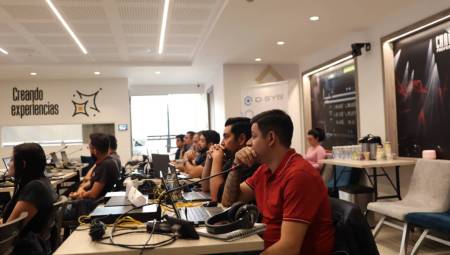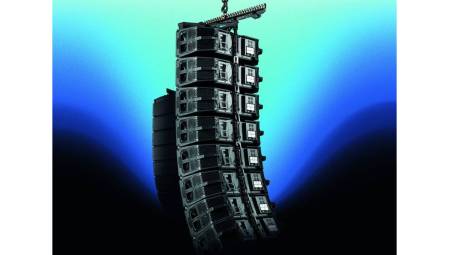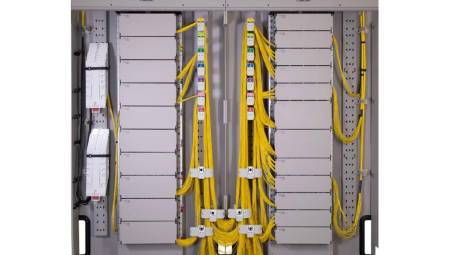 Colombia. Copper aluminum wire UTP cables, known as CCA (Copper Clad Aluminum), have appeared on the market lately.
Colombia. Copper aluminum wire UTP cables, known as CCA (Copper Clad Aluminum), have appeared on the market lately.
The latter have aluminum conductors with a copper exterior bath that gives them a solid copper-like appearance. The cost of aluminium is significantly lower than that of copper, which represents an important commercial benefit.
The Colombian company Videonet highlighted some of the differences of UTP cables:
- Risk of breakage of aluminum conductors. Due to the lower strength of aluminum, and to be more brittle, it does not admit reduced radii of curvature, with the risk of breaking.
- High probability of failure in use in PON, GPON and Gigabit Ethernet, due to the worse transmission characteristics of aluminum.
- Voltage drop problems in aluminum cables that prevent operation in PoE (Power on Ethernet) IEEE-802.3af /at.
- Contact failures in the connectors. The connectors and panels are designed with copper contacts by displacement of insulation. The cable joints with the connectors are always copper with copper. In the case of aluminum cables, we will have in each contact joints of the terminal, which is copper, with the cable, which being aluminum will cause a galvanic pair that will oxidize the aluminum, disabling the contact.
- The statistical possibility of failure is enormous.
- Problems will appear soon, not only at the time of installation or testing of the wiring, but, over time, due to the characteristics of aluminum that oxidizes quickly in contact with the air, it becomes insulating, interrupting the continuity of the connections.















